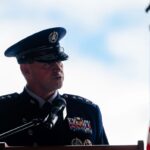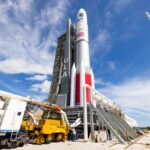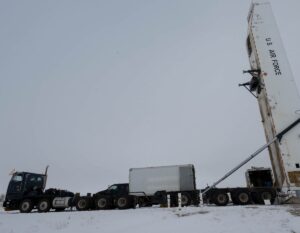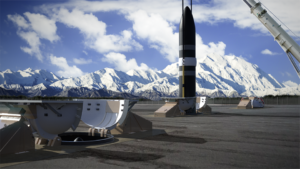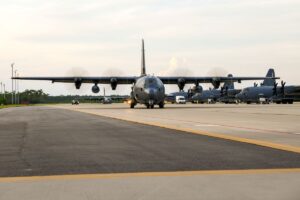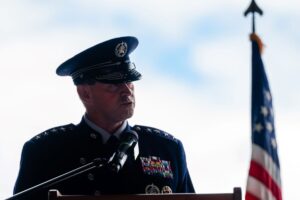
The Air Force wants to eliminate cybersecurity vulnerabilities in legacy platforms, but it faces a big bill and a limited workforce with the engineering skills necessary for the effort, according to the service’s chief information officer (CIO).Lt. Gen. William Bender, also the Air Force’s chief of information dominance, on Thursday called the effort “bolt-on cybersecurity,” an aggressive and robust plan to address these cybersecurity vulnerabilities in aircraft with an average age of 30 years in service. The goal isn’t 100…


